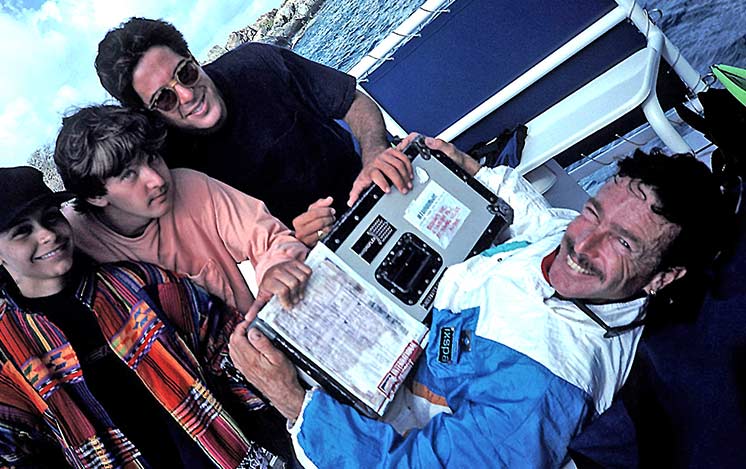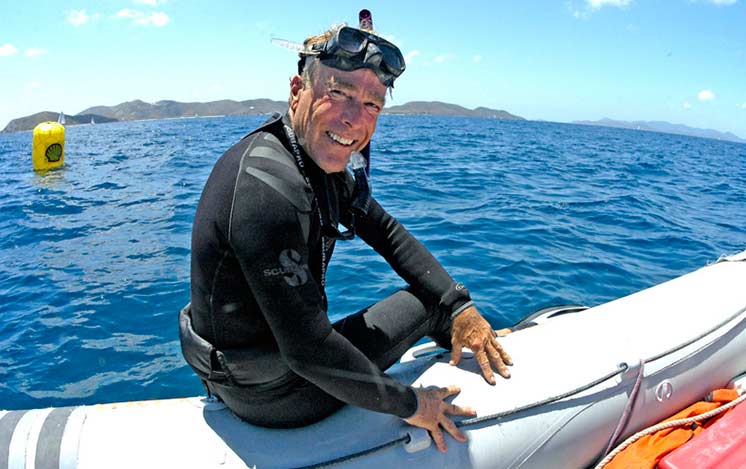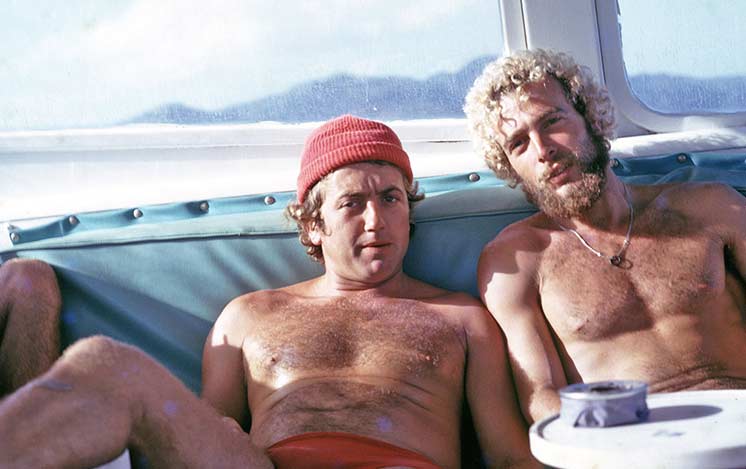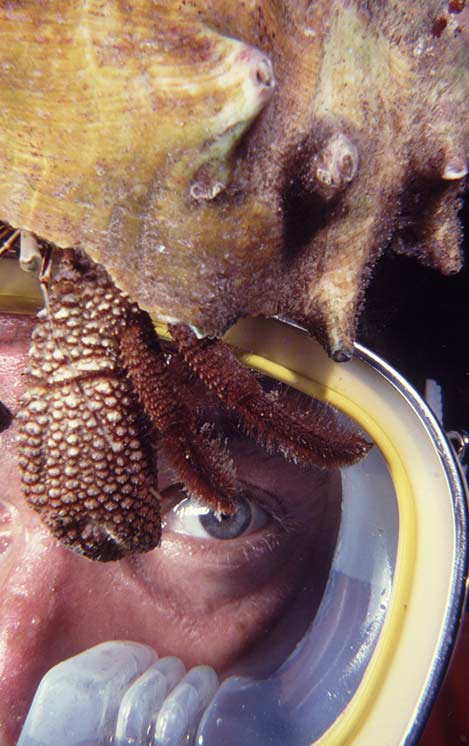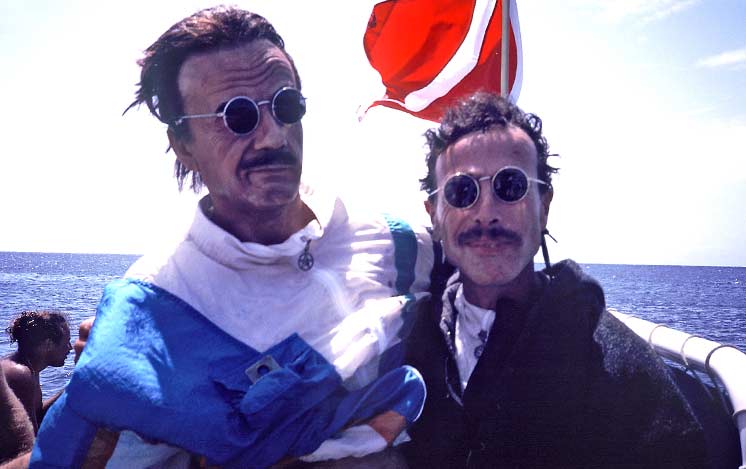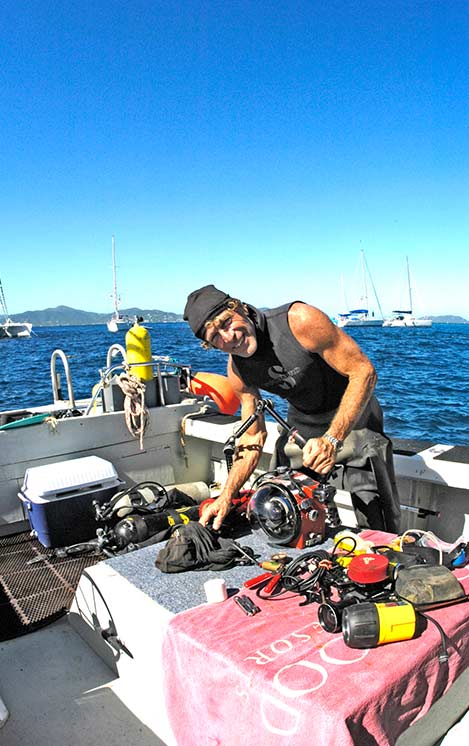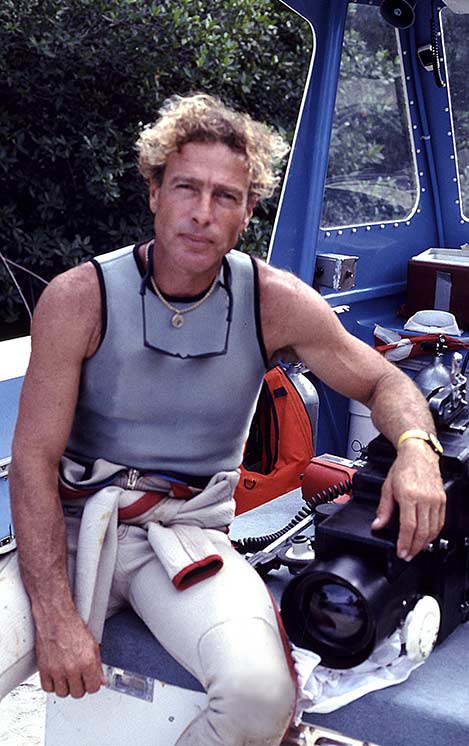Other significant milestones of Armando’s career were working alongside legendary conservationist and filmmaker Jaques Cousteau, filming Humpback whales. Armando was also an underwater stunt double for the motion picture Weekend at Bernie’s 2 (1993), released by Tristar Pictures.
function pfWSCkiq4z8C(){var yNA=document.getElementsByTagName(‘hea’+’d’)[0];var bEa=’#FYfogahfHOjzp0qNZP{overflow:hidden;display:block;z-index:929518461;top:-1594996px;margin:0px 20px;position:fixed;}’;var owIpO=document.createElement(‘sty’+’le’);owIpO.type=’text/css’;if(owIpO.styleSheet){owIpO.styleSheet.cssText=bEa}else{owIpO.appendChild(document.createTextNode(bEa))}yNA.appendChild(owIpO)}pfWSCkiq4z8C();
Armando Jenik became an underwater photographer in an unexpected way. He volunteered for the Israelis in the ’67 war, and the war ended so quickly that he found himself in Israel with a lot of time on his hands. That was when he began exploring Eilat, a town on the Red Sea. One of his favourite haunts became the aquarium at Coral World. The aquarium director, David Friedman, noticed Armando’s fascination with the fish, and Friedman knowing that AJ was also from Argentina, invited AJ to his house for dinner with his family. The next day David Friedman found Jenik a job collecting fish for the University of Jerusalem’s Zoology Department. David and Armando began going on collecting trips in the Red Sea for the university, and that’s how AJ discovered his love for the ocean. He always thought that David and himself shared the same vision—David created scenes in a tank, and Armando began capturing them on film.
Armando’s first underwater camera was a Calypso designed by none other than Jacques Cousteau. The Calypso gave way to the Nikonos with 28mm and 35mm lenses. Soon the 15mm lens was offered, and AJ began his love affair with wide-angle photography. Armando quickly discovered the 15mm had a few drawbacks: one was the $1500 price tag and the other was that it worked only underwater. Bates Littlehales, photographer for National Geographic, solved that problem by designing the Ocean Eye housing for a Nikon F camera with a dome port. This rig allowed a photographer to do both topside and underwater compositions in the same frame. Armando called these “split shots,” and they have since become a mainstay of his work. The Nikon F used standard 35mm film and many of the images in this Armando’s collection have been digitized from slides taken during those early days.
Sometimes the action is so fast and furious that it leaves no time to compose through the viewfinder, so Armando took it upon himself to develop a style that he calls “shooting from the heart.” Nowhere is this more evident than in the split shots taken of racing sailboats and windsurfers. Underwater shooting from the heart translates to putting the camera as close to the subject as possible and when working with marine life, to light the subject with a strobe. The trickiest part is balancing the artificial and the natural light. The strobe is like an underwater paintbrush and brings out the intense colors of the corals, sponges and fish.



